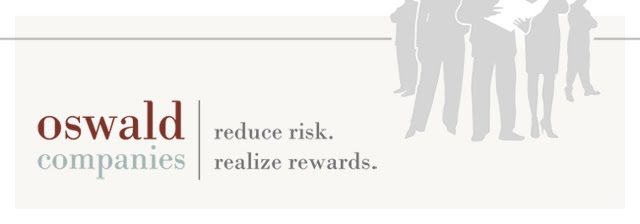According to the research brief Claims Characteristics of Workers Aged 65 and Older by NCCI Holdings Inc., the percentage of the U.S. working population aged 65 and older increased from roughly 10 percent in 1986 to nearly one out of five workers in 2008. Several factors are contributing to this trend, including:
- Improvements in health care and self-care that are enabling Americans to live and work longer.
- A wide-ranging skills shortage that has prompted some employers to recruit older workers and/or create programs for retired employees to continue working on a part-time basis.
- Recent economic strife causing many workers to postpone retirement or retirees to rejoin the work force.
- A gradual upward adjustment of the Social Security retirement age from 65 to 67, which began in 1983 for workers born in 1938 or later.
Lighting and visual assistance: Eyesight naturally falters with age. Fortunately, technological advances in lighting, equipment customization (such as larger type settings and adjustable monitors) and magnification tools can address this.
Ergonomic assessments and adjustments: Ergonomic efforts can be expanded to address bones and joints that are more sensitive (or even impaired) due to aging.
Flexible schedules: Older workers are sometimes managing chronic-but-non-debilitating health problems, or simply find they are more productive and feel better working for shorter periods. It is worth it to adjust schedules to maintain peak performance and safety.
Robotics and other assistance devices: Investment in equipment that replaces humans in conducting physically stressful tasks (i.e., heavy lifting or repetitive motion) not only reduces the chances of injury but also standardizes such activities.
Falls/trips/slips are by far the most common injury for workers over the age of 65, comprising nearly half of the claims from the group, according to the NCCI research. Consistent with this are a higher percentage of fractures, concussions and related injuries in this age group compared with all workers. The older group also is more likely to injure their arms/shoulders or multiple body parts.
Training is Key
The data reveal a need to increase prevention planning and training for these types of injuries in all workplaces and for all employees. Often, falls/trips/slips result from a person other than the injured practicing unsafe behavior, such as not cleaning up spills or crowding walkways with boxes and other materials. Reported injuries are highest for this age group in goods-and-services-related industries, but this could reflect the higher percentage of older workers in those segments.
One of the most effective ways to prepare for the increase in older workers is to undergo an overall risk assessment for the organization, keeping in mind the particular needs and vulnerabilities of the group. This will provide a road map of actions for readying the physical workplace and the organization’s financial security.
More so, these preparations will position a company to smoothly adopt an older work force without interrupting productivity or profitability and while capitalizing on the wealth of intangibles this group is prepared to deliver to the benefit of all stakeholders.•
For more information, please contact:
Mike Agnoni, Risk Consultant
330 329-3886 | magnoni@oswaldcompanies.com

No comments:
Post a Comment